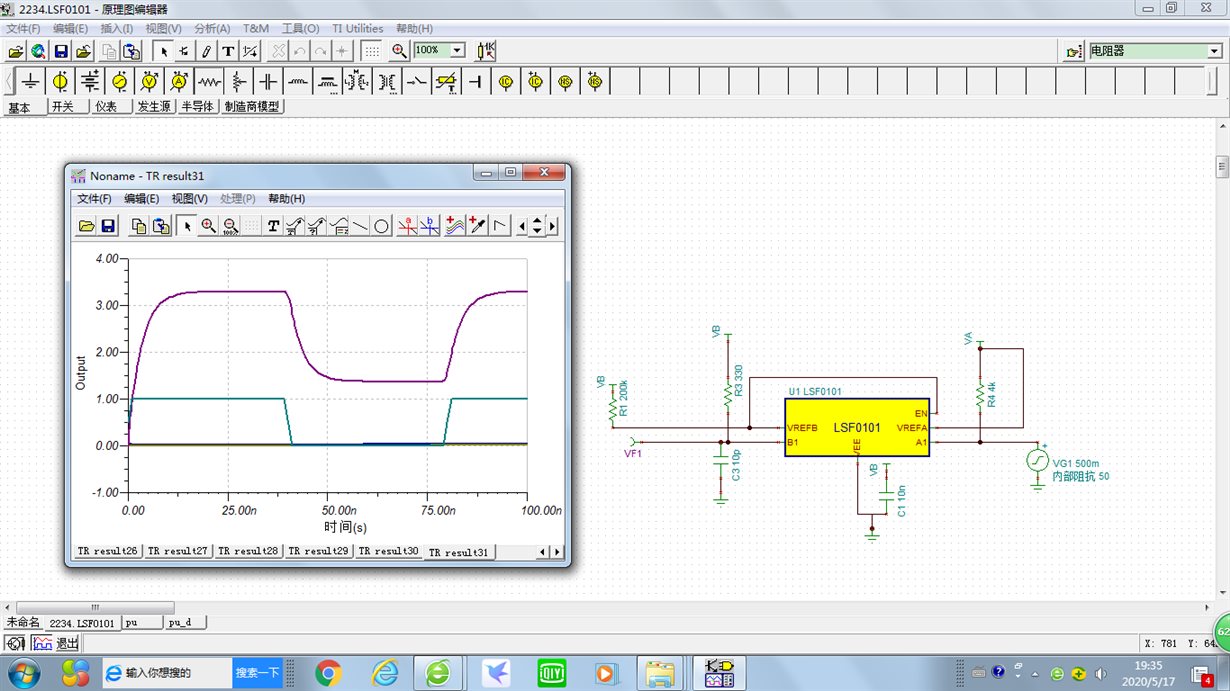Other Parts Discussed in Thread: LSF0108, , TXS0102, LSF0204, TXB0108, TXS0108E, TXB0104, SN74LVC2T45, SN74AXC4T774, SN74LVC1T45
Hi Team,
Customer wanted to select one chip:
- Need to achieve interface voltage conversion, Such as iic, 7916 interface
- Random conversion between 3.3V on one side and 1.62V-5.5V on the other
Customer thought that LSF0108/SN74GTL2003 has many constraints, such as differential pressure and the highest voltage only supports 5V.
Would you share you suggestion for this case?
Thanks,
Annie




